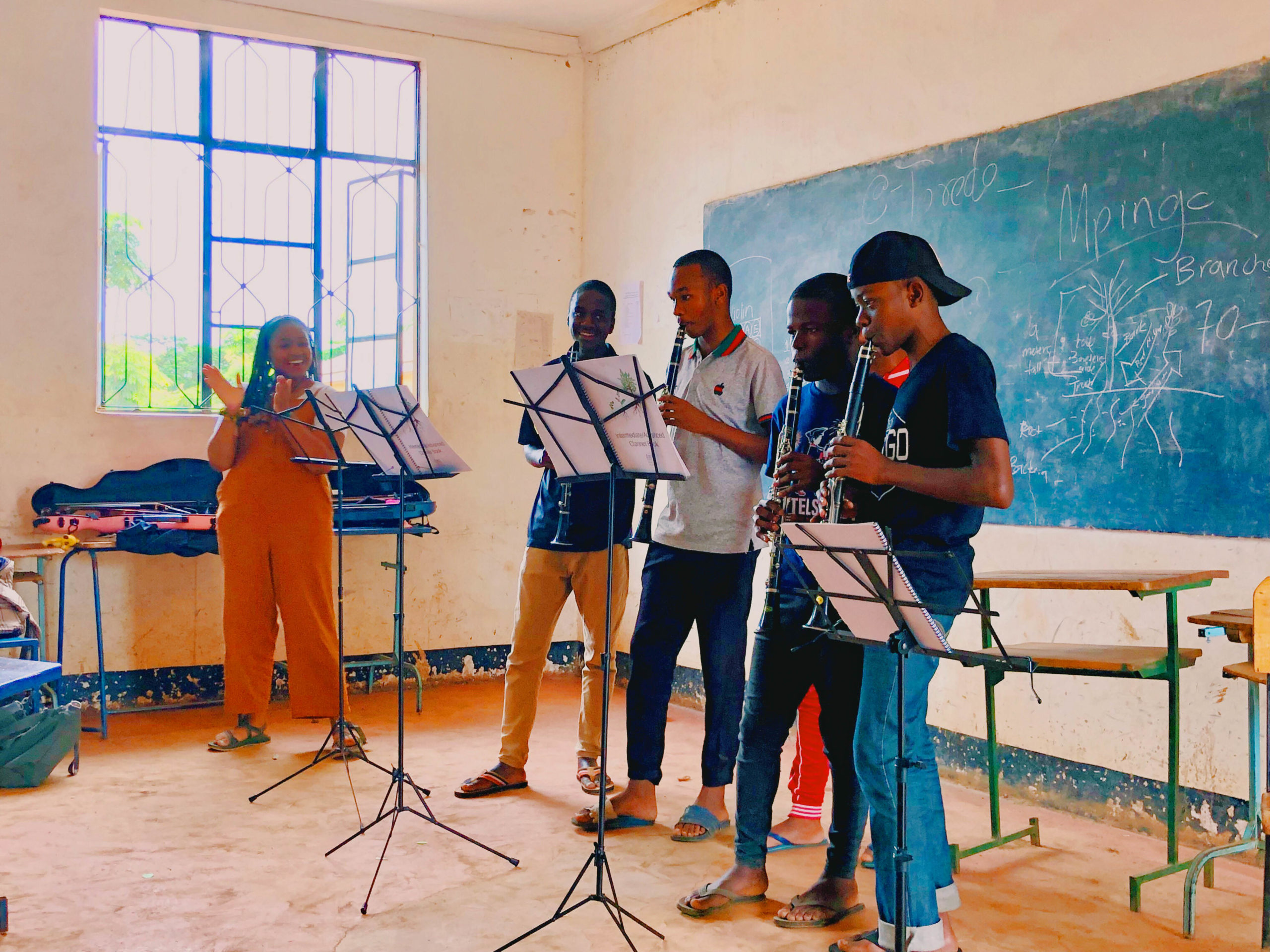This past June, Kennesaw State junior music performance major and clarinetist Jessica Bell embarked on a three-week journey to the African country of Tanzania with music education and conservation group Daraja Music Initiative.
Bell, along with DMI, traveled to Tanzania with a dual purpose — to help teach children the value of music and participate in research and conservation efforts for the endangered Mpingo tree, which is the tree most commonly processed for the wood used in clarinets worldwide.
“It was a really beautiful thing,” Bell said. “It was a really cool cultural experience, as well as fulfilling for my clarinet and research purposes.”
For almost any instrument, a premium is put on the quality of the material that it is composed of — and the clarinet is no exception. Most professional clarinetists consider the wood derived from the Mpingo tree as the material of choice and refer to it as grenadilla, according to an article from Dartmouth School of Engineering.
While Bell and the DMI understand how high the demand for the wood is for mass production of clarinets, they also recognize the importance of this particular tree to Tanzanian culture, as it is the national tree of the East African country.
Once in Tanzania, Bell assisted the DMI in educating students at Korongoni Secondary School about the Mpingo tree while also working with local conservation groups that engage in projects aimed at promoting sustainable planting of the Mpingo. Bell and the DMI would plant and prune Mpingo trees in the local area.
“I taught a conservation class my second week there, basically teaching students about the tree,” Bell said. “Mpingo has a long history in East African culture.”

One of the main challenges faced by the local conservation groups was combating the flow of illegal logging, which accounts for nearly 96 percent of wood exported from Tanzania, according to Flora & Fauna International, a group also involved in conserving Mpingo trees.
As a result of this situation, Bell and DMI sought to not only help the local culture by conserving and sustainably growing a culturally significant tree, but also to help find alternative materials for clarinet composition.
Although there is a wide range of materials that clarinets can be made of, the prestige and reputation of the Mpingo may hinder efforts to use those alternatives in the near future.
“I think that for a while, we’re going to continue to use [Mpingo],” Bell said. “I truly think there is a mental complex around this tree. The best players sound like themselves whether they are playing a metal clarinet or if they are playing Mpingo.”
In addition to the conservation and education efforts involving the Mpingo that Bell participated in, she also helped teach music to the children in the primary and secondary schools.

Students were immersed in a course that taught them to play clarinet and were able to show off what they learned at an open mic night, playing both Western Classical and traditional Tanzanian music.
Using the knowledge she gained from her experience in Tanzania, Bell will be seeking to open a business in the future that uses alternative materials in the composition of clarinet bells — the end of the instrument from which the sound comes out of.
“I eventually want to make clarinets and clarinet parts from a more sustainable material,” Bell said. “The purpose of Bell’s bells will be to innovate the clarinet bell and eventually the full clarinet.”



